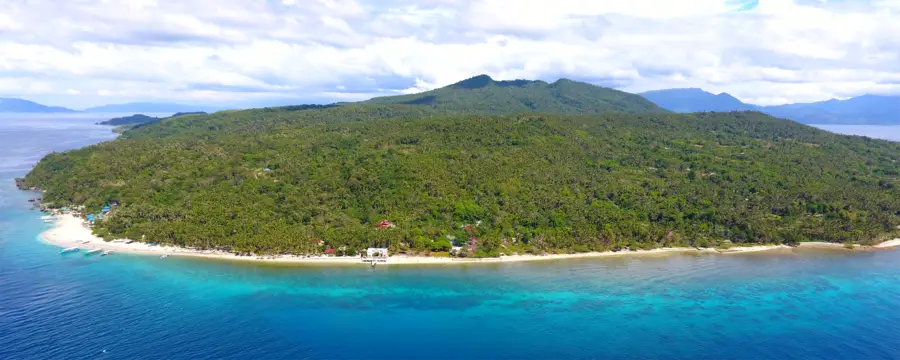
Scenic Isla Verde has a growing tourist economy that makes access to reliable and clean energy especially important. Micro-grid technology proved to be an excellent fit. Photo from USAID/B-LEADERS
Hundreds of thousands of communities worldwide are located far from the electrical grid. Some of these communities are small enough to require nothing more than simple, single-home solar-power systems, while others have sufficient population density and commercial activity to benefit from a more cost-effective solution. This is where micro-grids—small, shared power-generation systems that draw on renewable energy resources—can make a major difference, bringing down the cost of electric power across an entire community.
The island communities of the Philippines--where affordable, reliable, and clean electricity can be a major challenge—are particularly good candidates for micro-grid technology. The Philippines’ heavy dependence on imported fossil fuels means that most small-island grids are powered by diesel generators, and therefore suffer from frequent blackouts and unplanned power outages. Other island communities have no electricity at all.
We spearheaded the micro-grid approach in Isla Verde through our work leading the United States Agency for International Development (USAID) Building Low-Emission Alternatives to Develop Economic Resilience and Sustainability (B-LEADERS) project.
Isla Verde is a scenic, seven-square-mile Philippines island within the City of Batangas. It is situated along the bodies of Verde Island Passage, which researchers have declared the “Center of the Center of Marine Shorefish Biodiversity.” The island’s growing tourist economy and marine wildlife make it especially important that it has access to a reliable and clean source of energy.
The 32 kW solar micro-grid is estimated to have avoided 179.42 tons of CO2 emissions a year and has resulted in annual savings of $274 per Isla Verde household. Instead of energy bills, these savings can go towards additional educational needs for children, food or other household expenses.
The micro-grid model is not the solution for every off-grid community, particularly in places where the national transmission plans demonstrate that grid extension or expansion is the most cost-effective solution to rural electrification. However, for isolated yet thriving island communities like Isla Verde, micro-grids make perfect sense. This project shows that renewable energy technology can bring the benefits of reliable and clean energy to even remote locations.

